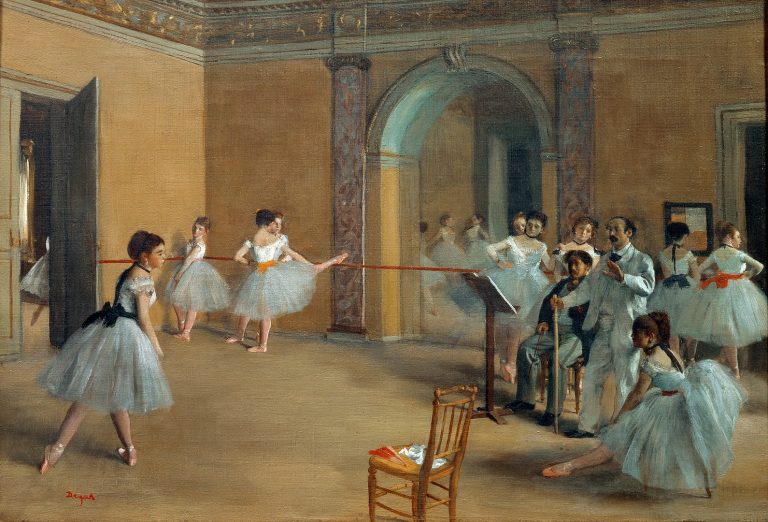The arts play a significant role in shaping human culture. As explored in part I of this series, the visual arts have the power to convey clear messages to the viewer and to influence our state of mind and, hence, our moral behavior.
This is why Classical art’s main role, since ancient times, was to depict goodness and beauty. Traditional art had morality and virtue at its core, requiring that the artists not only had the skills to accurately depict noble themes but that they embodied such virtues themselves. Work that reflected an artist’s upright character could truly touch and inspire the viewer’s soul.
While performing arts share the same purpose as the visual arts, the audience is a direct witness to their artistic creation. With little room for fixing mistakes, the training for performing artists can be positively grueling.
Performing arts and the cultivation of virtue
According to the Confucian scholar and philosopher Mencius, a person prospers during hardship and perishes in comfort, meaning that great challenges yield the sweetest fruits. Rigorous training served as a good opportunity for artists to cultivate their character, which could be why performing arts were so highly regarded in antiquity.
Since mastering the intricacies of fine music and dance could only be achieved through constant practice; self-discipline was cultivated in tandem with endurance and resilience.
Ballet: Western classical dance
Success
You are now signed up for our newsletter
Success
Check your email to complete sign up
In the West, ballet emerged as the primary form of classical dance. During the Italian Renaissance, several centuries ago, noblemen and women were treated to elaborate spectacles of dance and music. The performances showcased codified and virtuosic dance techniques that, accompanied by ornate costumes, music and poetry, sought to impress spectators and promote the arts. Thus was born the Ballet de cour or “court ballet.”
It was King Louis XIV of France, an amateur dancer himself, who helped popularize and standardize ballet. Upon noticing that the ballet at his own court was becoming corrupted over time, he founded the Royal Academy of Dance — the first dance institution established in the West — in 1661.
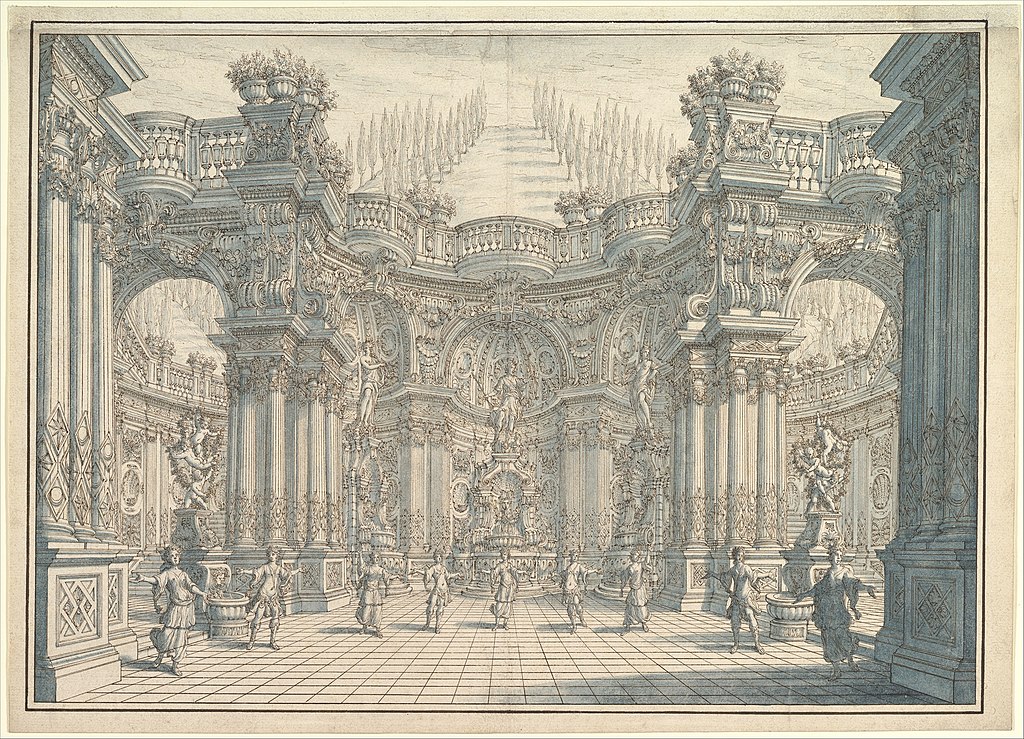
With the aim of restoring “the art of dancing to its original perfection and [improving] it as much as possible” — as stated in the Academy’s founding letters patent — King Louis XIV and his newly appointed dancing masters took ballet to greater heights, turning it into a refined art form that required professional training.
Academy-trained dancers quickly surpassed non-professional courtiers in technical skills, and ballet moved from courts to the stage. The art was carefully supervised by members of the Royal Academy, who maintained strict aesthetic requirements. Any new dance forms in France had to be reviewed and approved by the Academy before they could be performed.
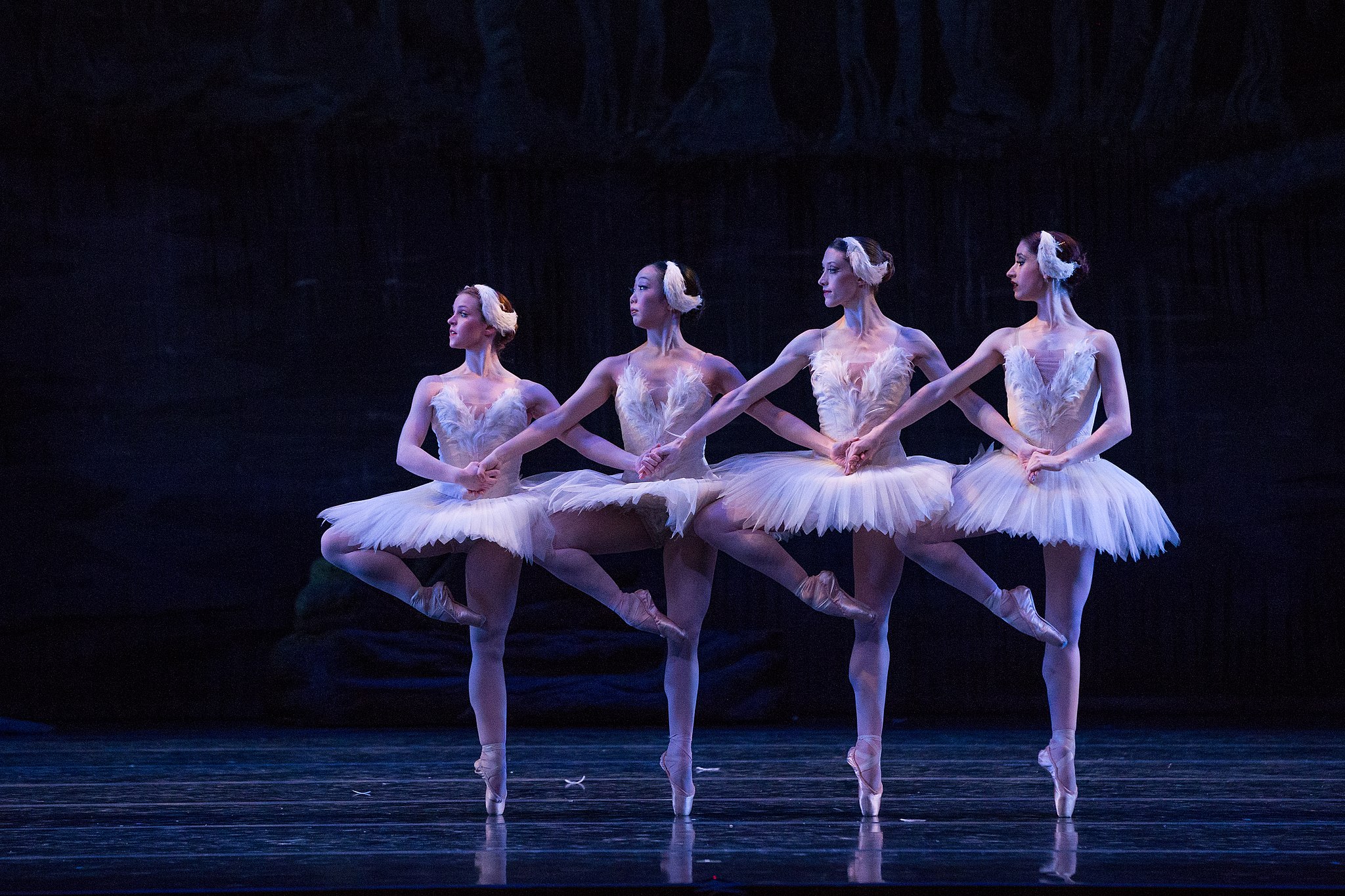
In the following centuries, ballet spread and continued to develop in other countries such as Denmark and Russia. Traditionally performed to classical music, this refined dance has exerted a great influence on the Western world, laying the technical foundations for other dance genres and cultures.
Classical Chinese dance – an ancient gem of the East:
Along with ballet, Chinese classical dance is one of the most comprehensive dance forms known to mankind. Equally beautiful, refined and demanding, this cultural treasure is rooted in five millennia of Chinese civilization.
Classical Chinese dance was first bestowed by divinity to assist the ancient Chinese in everyday endeavors such as cultivating the land and planning battle formations. It was later introduced into imperial courts and temples, where it became an indispensable component of celebrations and rituals. This cultured art was enriched with folk traditions and evolved into the refined and expressive art form it is today.

While ballet emphasizes symmetry and perfection, Classical Chinese dance emphasizes inner meaning. Besides mastering dance forms and techniques, classical Chinese dancers must develop their inner bearing — known as Yùn 韻.
Since Classical Chinese dance is closely related to a dancer’s breathing and state of mind — thus conveying the feelings behind each movement — the demands on dancers transcend the physical plane, making the cultivation of character a prerequisite for truly beautiful art.
Western dance departs from tradition
It was in the 20th century that expressionist dance, also known as free dance, was born in the West. Just as modernist painting rejected the self-restraint and prudence that had characterized the visual arts since antiquity, expressionist dance rejected the constraints and high demands of ballet, labeling it as austere and mechanical.
Discarding virtuosity as a theme of the old society, free dance promoted liberation in spirit and emotion. One of its main precursors, Isadora Duncan was the first female dancer to advocate the “woman of the future,” claiming that dance should follow Nietzsche’s idea of “supreme mind in free mind.” The result was an improvised, uninhibited and provocative dance form that usually placed women at the center of the stage.
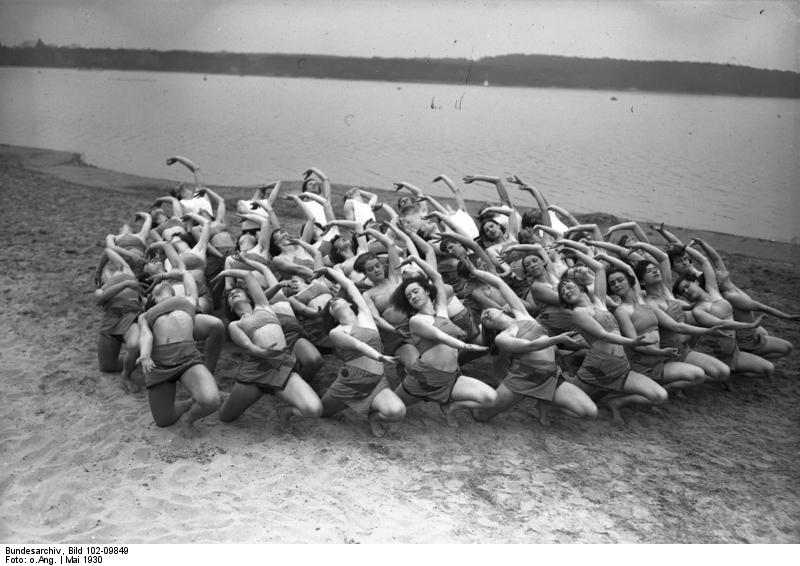
Free dance developed its own movement theories and methods of instruction, laying the foundations of modern dance. This radical turn was particularly notorious in the U.S. and in Germany, where the absence of ballet traditions set the stage for experimental dance and the emergence of new dance forms.
As for ballet, its purest classical form was distorted beyond recognition. Neoclassical ballet appeared, emphasizing speed and freedom of movement while adopting an abstract approach – with no clear plot, costumes or scenery. Its forerunner, the ballet choreographer George Balanchine, was influenced by Pablo Picasso, the precursor of deformed representation in the visual arts.
Later, modern ballet emerged as an offshoot of neoclassicism. Focusing on athleticism, it favored physically daring movements that, accompanied by emotionally charged music, were intended to depict intense themes. With this, the traditional ideal of delicacy in ballet dancers was gradually abandoned, dismissing the role of ballet in the artist’s cultivation of modesty and decorum.
Contemporary ballet was then born, integrating classical and modern elements. Although it retains the traditional pointe technique, it allows for greater upper body movement and favors moves that demonstrate the body’s flexibility. It has also adopted 20th century techniques such as floor work, a dance technique that performs movements on the floor, as is common in modern dance styles such as breakdancing and the Graham technique.
New varieties continue to be invented in an effort to accommodate more tastes and preferences. “Hiplet,” for example, is a recently recognized dance style that fuses ballet and hip hop.
While modern trends may seem progressive, we would do well to consider what has been lost in the process.
Behind the rigorously defined forms that characterized traditional ballet was the ideal of beauty established by classical aesthetics. Following the standards of proportion, restrained emotion, clarity of structure and the pursuit of perfection that were prominent in the arts of ancient Greece and Rome, classical ballet shared the same purpose as all other art forms since antiquity: to portray beauty and goodness for humanity to uphold.
These noble aspirations would naturally lead dancers to cultivate virtues such as elegance, modesty and grace, thus elevating their skills and techniques from the category of physical activity to that of the arts.
As a result of the abandonment of such noble ideals, manifested today as the indulgence in emotion, the predominance of physicality and the rejection of structure; many ballets now resemble athletic entertainment more than art.
Classical Chinese dance at the brink of extinction
As an art form with thousands of years of history, Classical Chinese dance was passed down through the generations, with many of its elements being preserved through martial arts. Although this culturally rich dance survived the rise and fall of numerous dynasties and the substantial political changes that took place in 20th century China, its preservation was severely threatened during and after the Cultural Revolution.
As an element of traditional Chinese culture, classical Chinese dance also suffered from Mao Zedong’s campaign to purge tradition. In their effort to destroy what the Red Guards referred to as the Four Olds — Old Ideas, Old Culture, Old Customs and Old Habits — traditional beliefs were suppressed, cultural treasures were destroyed, and customs were distorted to suit the Communist Party’s ideology.
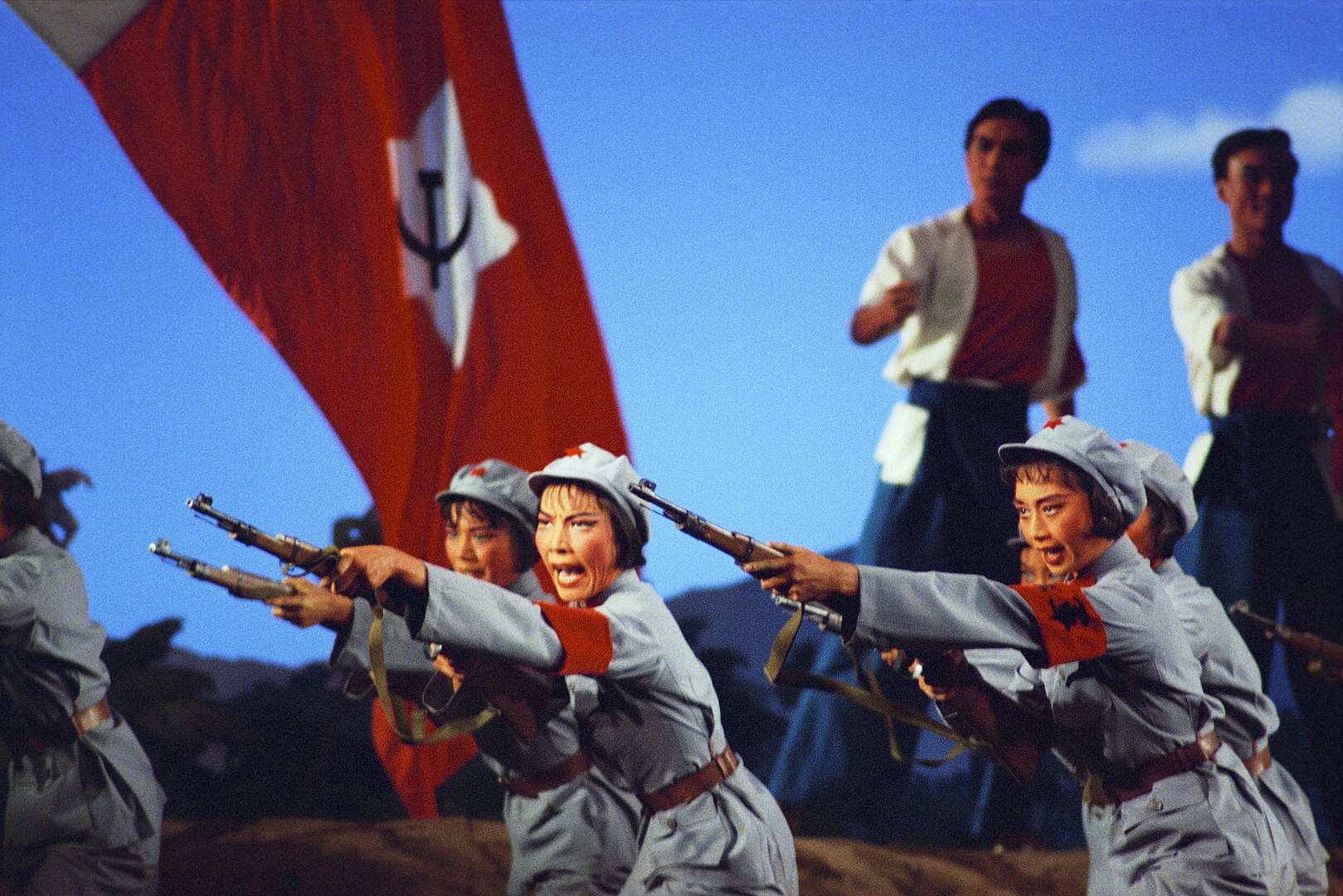
Not only was classical Chinese dance stripped of its virtuous elements and its connection to the divine, but it was also altered to include elements of modern dance. After the opening of China to the West, guided by the then communist leader Deng Xiaoping, Chinese dance began to be presented to the outside world through dance companies performing abroad. What was presented, however, was a combination of altered Chinese dance with modern and contemporary dance, ballet and jazz.
The audience was led to believe that this was classical Chinese dance, while its true essence had fallen into oblivion both at home and abroad.
Effects of degenerate art
To truly appreciate the importance of classical art, it is necessary to understand how deviant art affects morality.
Music is a telling case in point. According to the U.S. Department of Justice, there is growing evidence of a link between aggressive music and criminal behavior. The National Association of Chiefs of Police (NACP) noted that the lyrics and strident sounds in rap music often promote hostility toward police officers and encourage violence based on racial tensions.
A study published in the National Library of Medicine provided further details on the impact of music, particularly among young people. The data showed that 72% of the participants believed that music influenced their emotional state at least some of the time, and 4% of them directly linked their music listening patterns with their deviant behavior.
A 2017 study by a doctoral student at the University of California found that infidelity-themed music exerts a significant influence on social response and cognition related to the theme, with listeners negatively affected by the nonchalant emotional tone used to depict infidelity in most hip-hop songs.
Yet the influence of music on human conduct and behavior was well known to our ancestors. Music was one of the pillars of traditional Chinese culture, and Confucius recommended it as the best way to promote kindness.
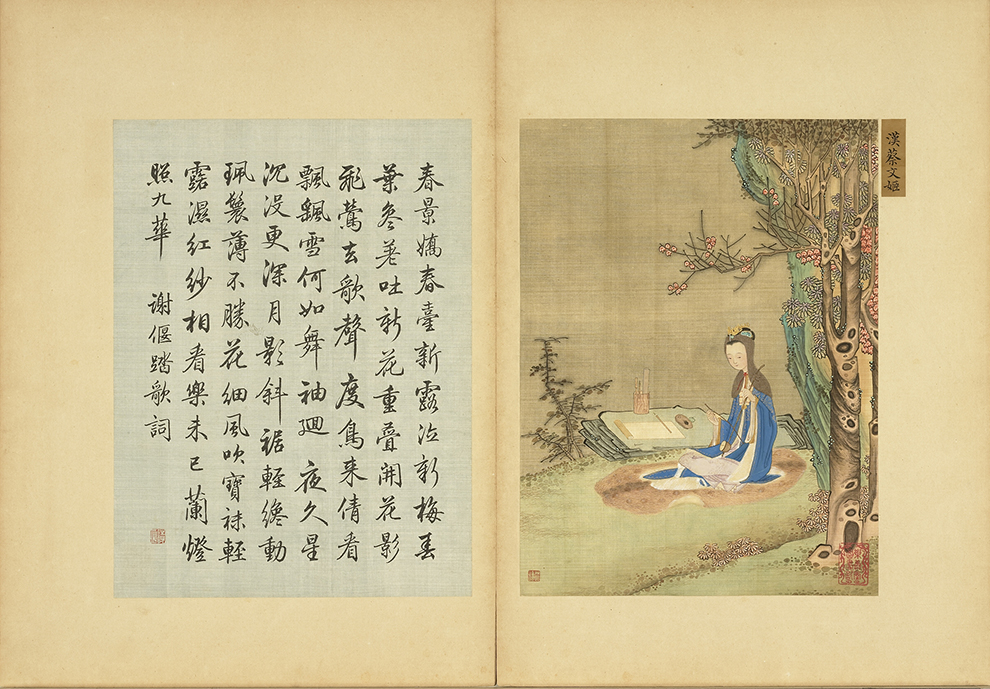
In ancient China, harmonious tones were believed to nourish the mind and uplift the spirit, leading to righteous behavior. Conversely, indulgent and frivolous music could lead to lack of self-restraint and unwholesome behavior. Considering this, it’s not hard to imagine that today’s declining morals are closely connected with our arts and entertainment.
The rebirth of glorious Eastern and Western culture
To the good fortune of Chinese and non-Chinese alike, a group of classical Chinese artists came together in New York in 2006 with a clear mission: to revive the divinely inspired traditional culture of ancient China. This is how Shen Yun Performing Arts was born.
Since then, this New York-based company has been bringing to life the cultural heritage left by five millennia of Chinese civilization to share with the world. Their annual performances feature Classical Chinese dance in its purest form accompanied by a live orchestra that harmoniously integrates traditional Eastern melodies with powerful Western orchestration. It also revives an age-old singing tradition known as bel canto that has been long lost in both the East and the West.
The role that this group of artists has played in rescuing classical and traditional art from the brink of extinction is remarkable. Their work reclaims the true essence of the arts, showcasing the beauty that the human body is capable of expressing through dance movements, the soul-stirring power of melodies played in mesmerizing synchrony, the potency of a sweet yet exhaustively trained voice that fills every corner of the theater, and the goodness that an artist is capable of reflecting through the cultivation of his or her character.
Reviving both Eastern and Western traditions, Shen Yun has helped millions of people rediscover the almost-lost splendor that mankind maintained in ancient times. With a message that transcends all races, Shen Yun is reminding humanity of the true essence of art and its close connection to the divine.
Click here for Part I of this series: Aesthetics and Virtue in Classical Arts, Part I – Visual



